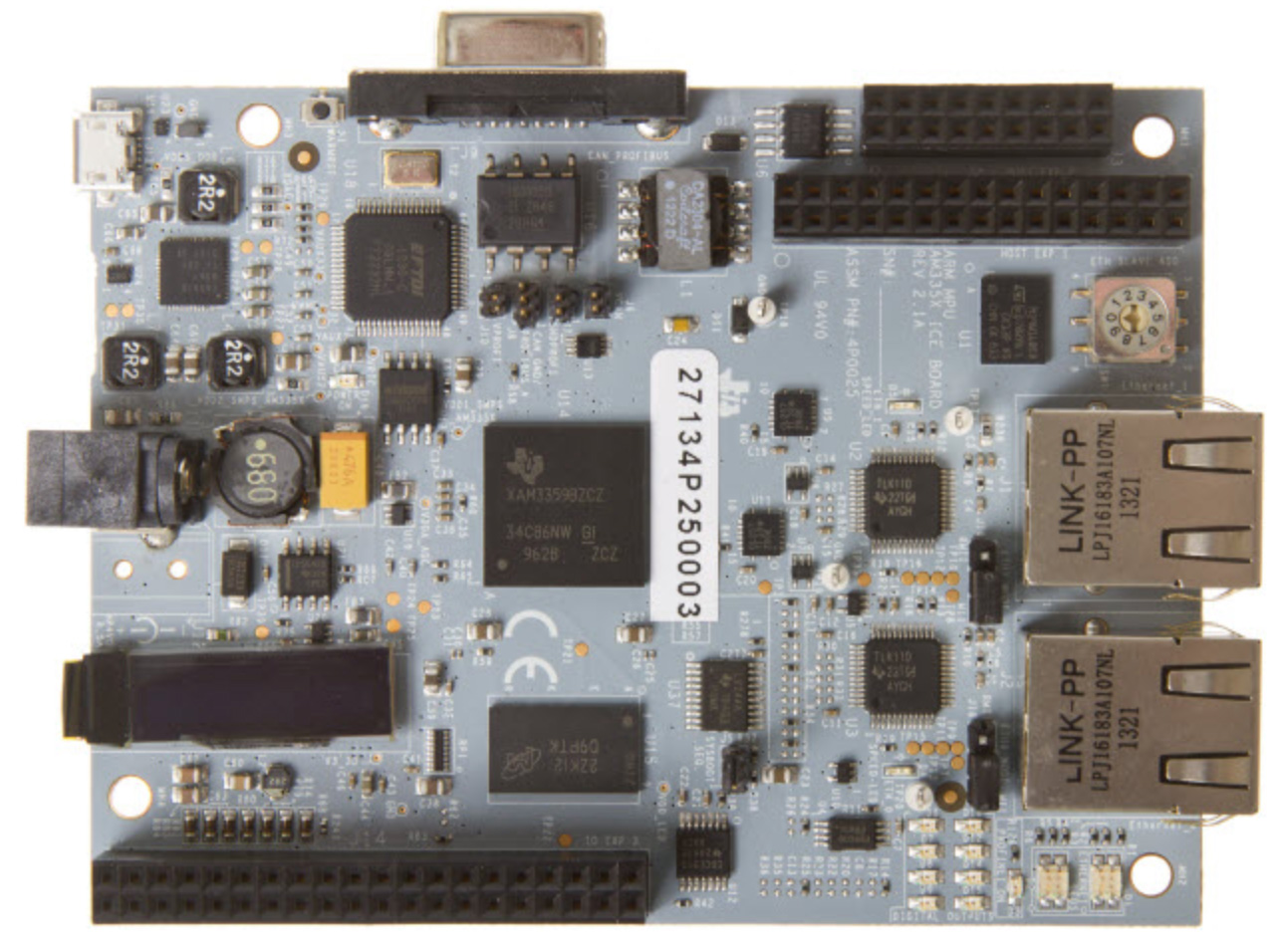The Heart of Tomorrow’s Factory
The Heart of Tomorrow’s Factory
Improving Productivity and Efficiency
Browse our technical content on various industrial communications challenges in the industry and see how our interfaces, power, microcontrollers, and processors can advance your design.
Supported Protocols and Standards
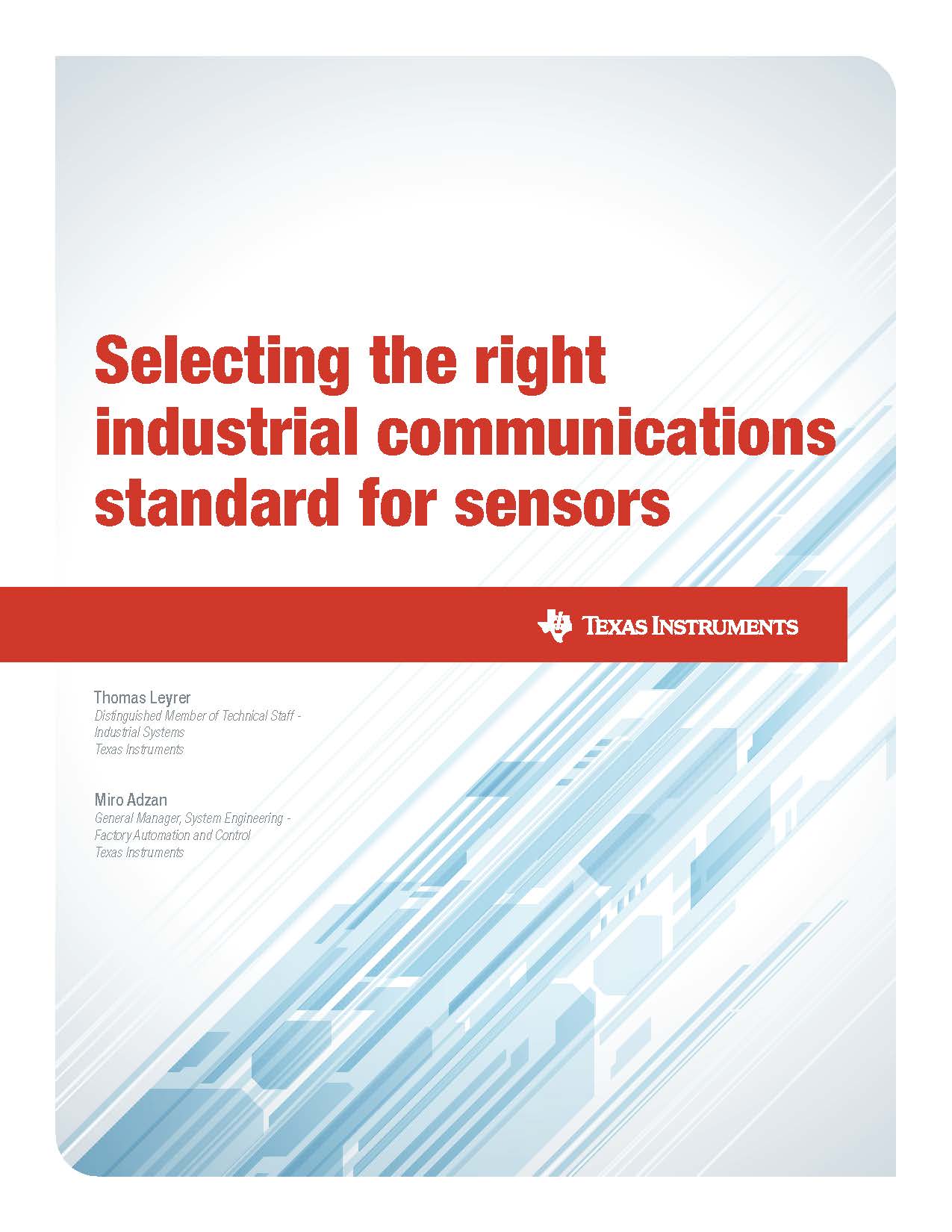
Selecting the Right Industrial Communications Standard for Sensors
Selecting the Right Industrial Communications Standard for Sensors
TECHNICAL ARTICLE
A History of Industrial Ethernet Protocols and Their Benefits
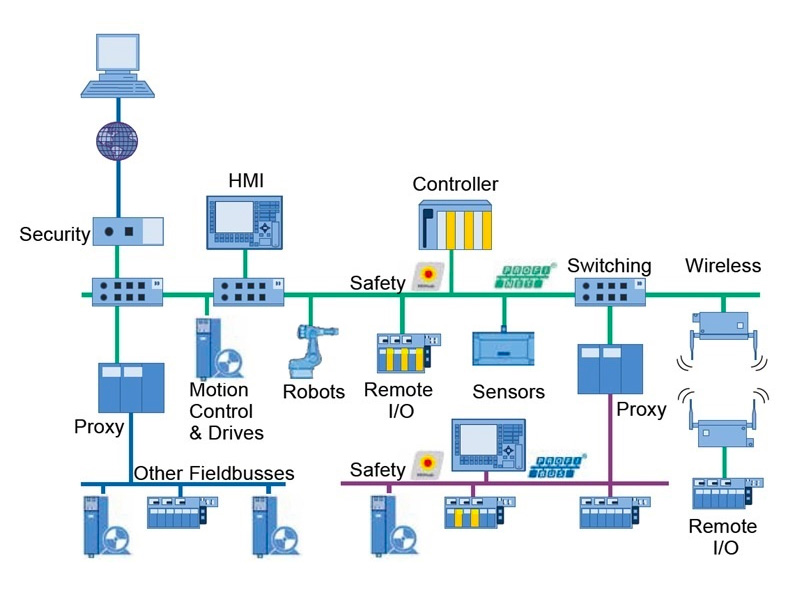
WHITE PAPER
Time-Sensitive Networking for Industrial Automation
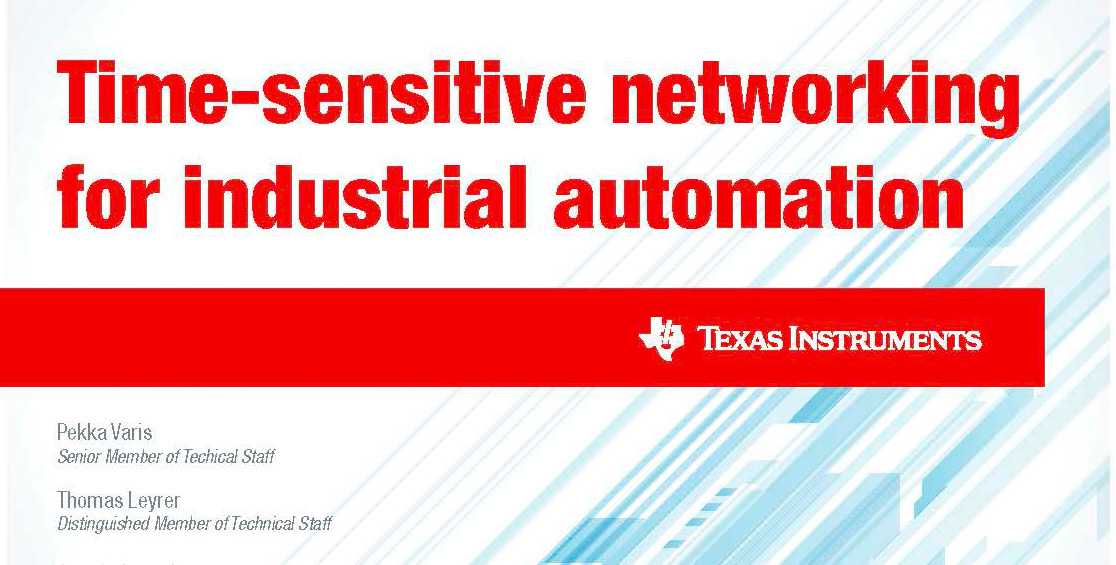
VIDEO
EtherCAT Protocol: Introduction to EtherCAT


With the introduction of the C2000 TMS320F2838x device family, the EtherCAT communication peripheral is available on-chip.
Partnering with Processors and MCUs
PRU cores, although primarily used for industrial communication, can also be used for other applications such as motor control and custom interfaces. The PRU-ICSS frees up the main ARM cores in the device for other functions, such as control and data processing. Currently, the Sitara processors support 100-Mb versions of the protocols, but the AM6x family features an upgraded PRU-ICSS that supports gigabit speeds.
VIDEO
Introduction to the Programmable Real-Time Unit (PRU) Training Series


An in-depth look at the PRU, including hardware, firmware, application design, and drivers. This video also examines the tools provided by TI for compiling and debugging the PRU.
TECHNICAL ARTICLE
Industrial Communication Protocols Supported on Sitara Processors
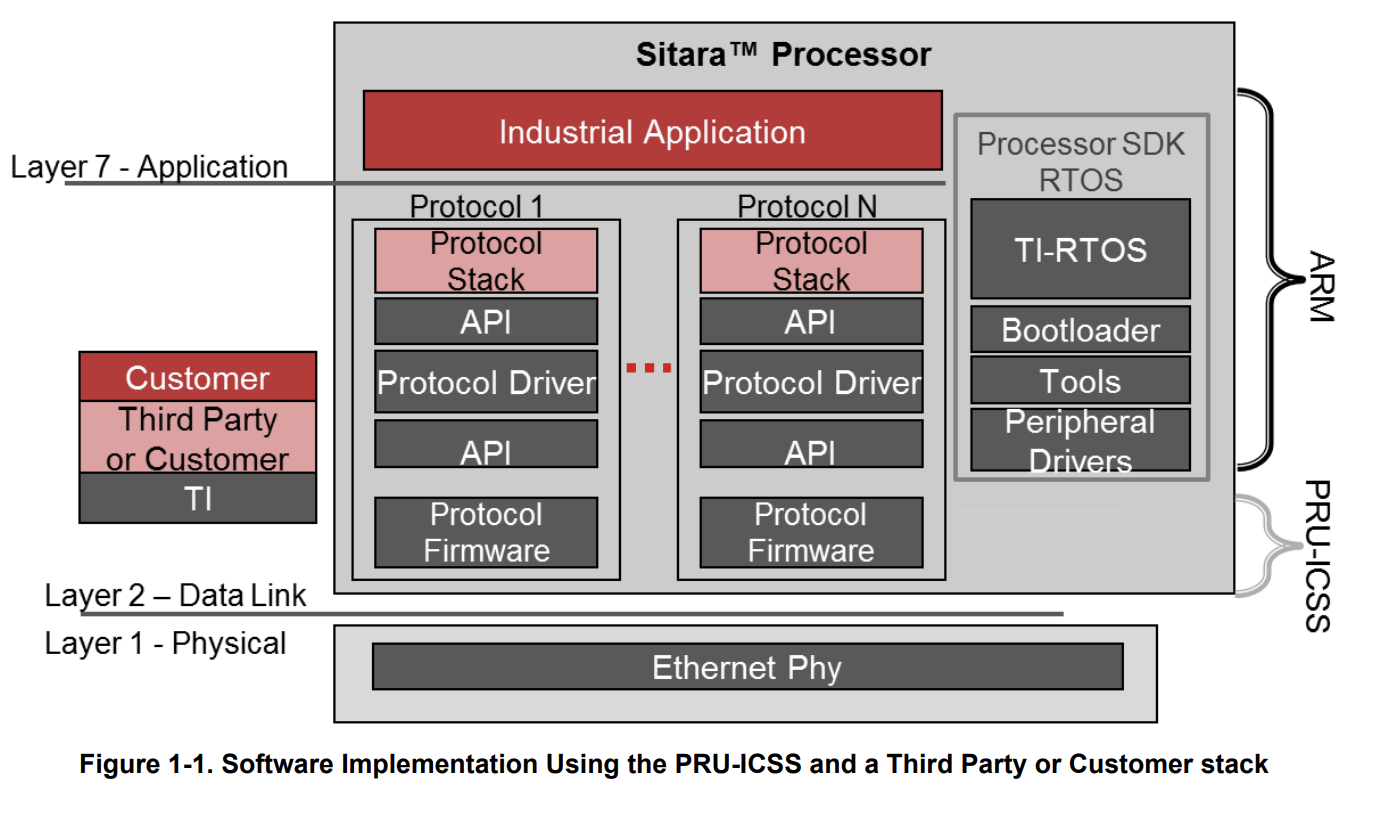
WHITE PAPER
PROFINET ON TI’s Sitara™ Processors
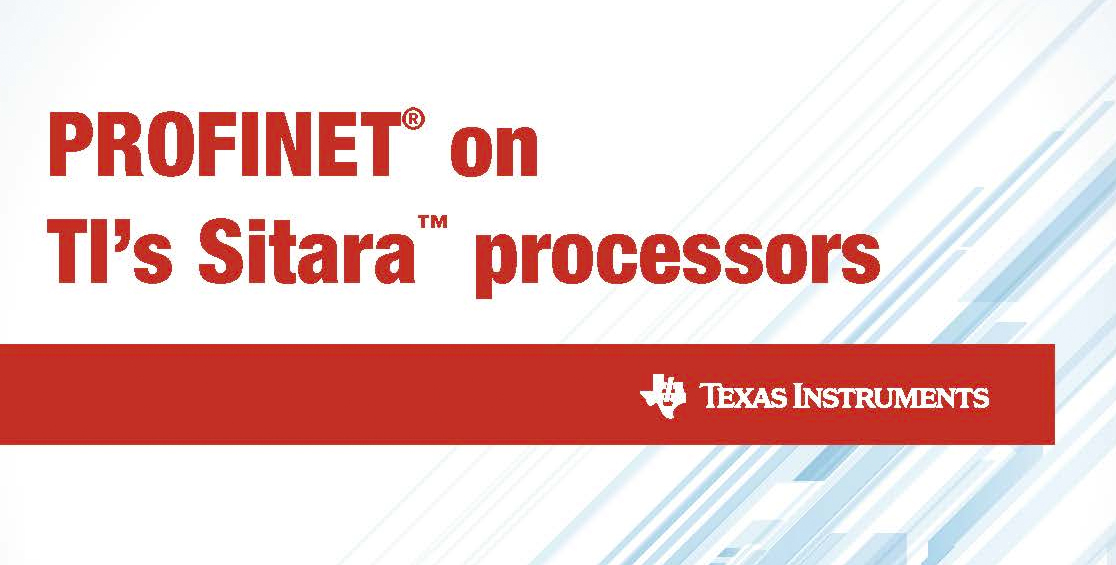
WHITE PAPER
Utilizing Sitara™ Processors for Industry 4.0 Servo Drives
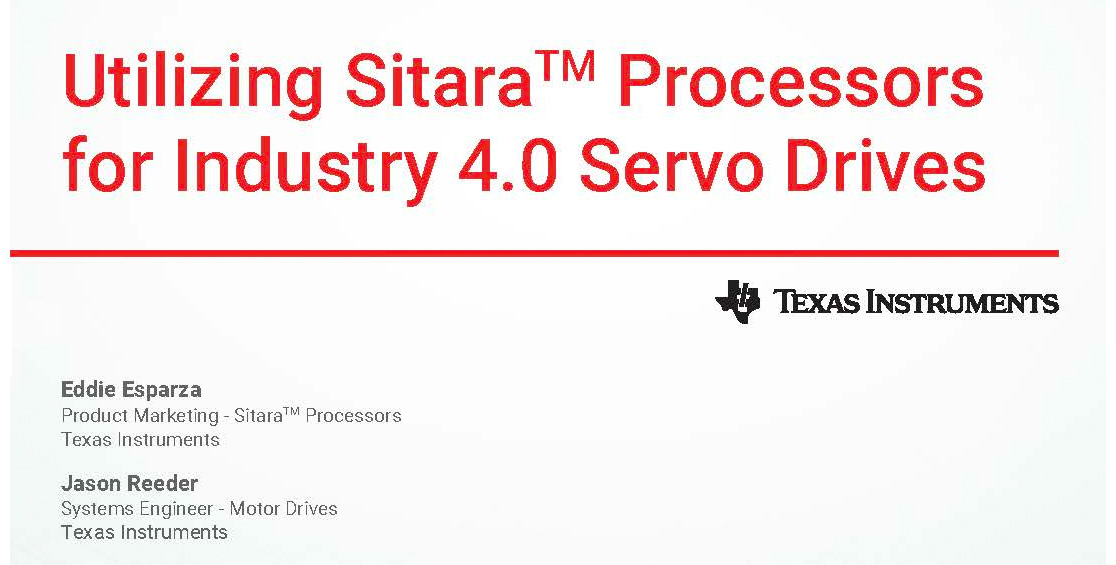
The Importance of Latency
APPLICATION REPORT
Importance of Latency in Factory Automation


TECHNICAL ARTICLE
Ethernet PHY Basics and Selection Process
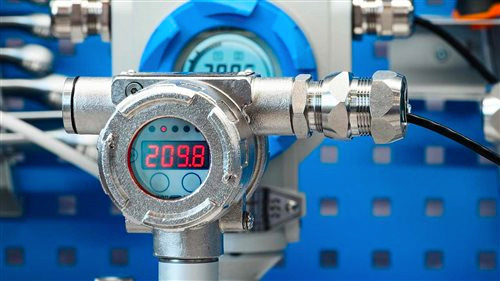
VIDEO
Low Latency vs. Low, Deterministic Latency Ethernet in Real Time Communications
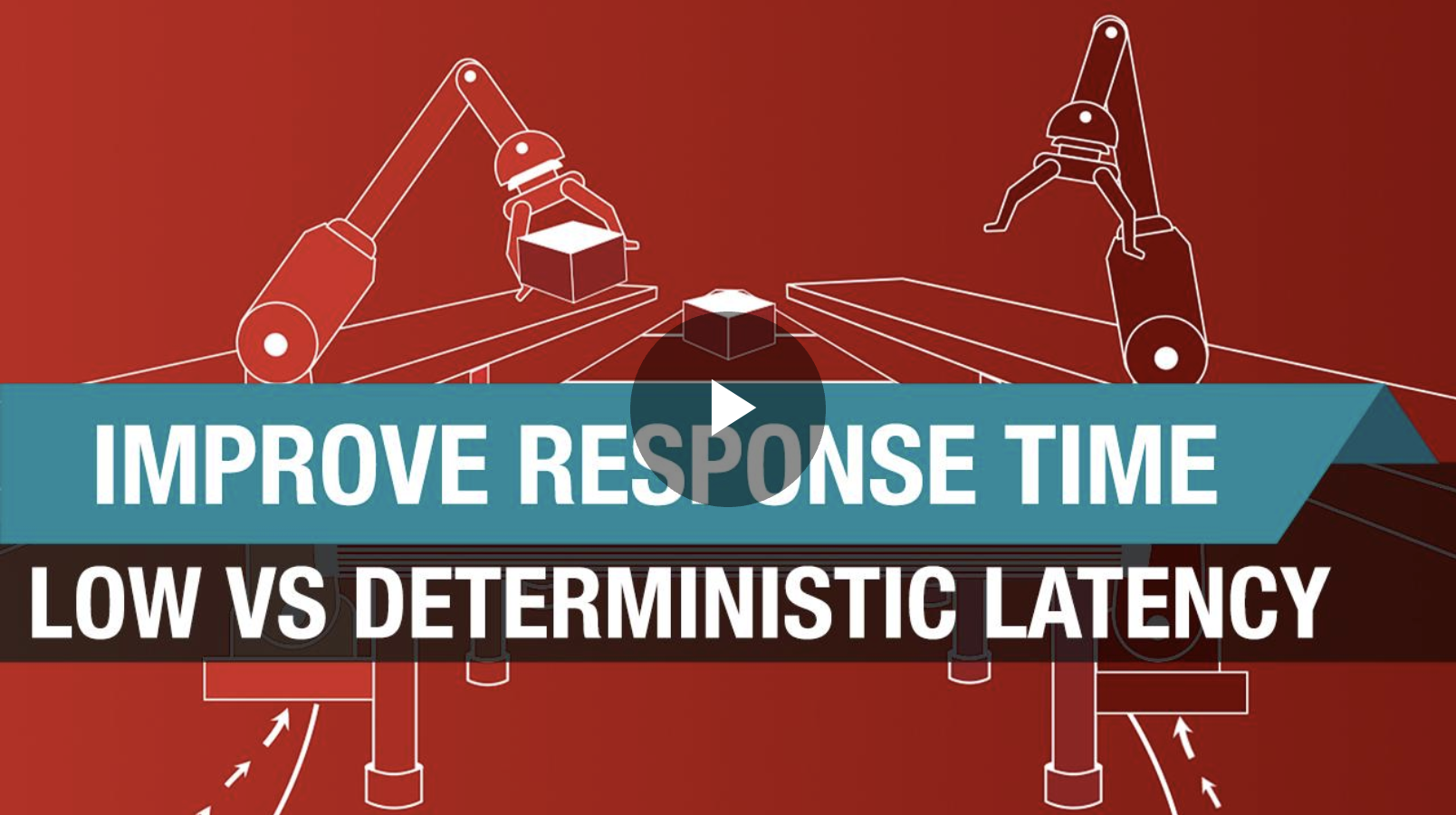
VIDEO
Achieve Ultra-Low Latency Industrial Ethernet
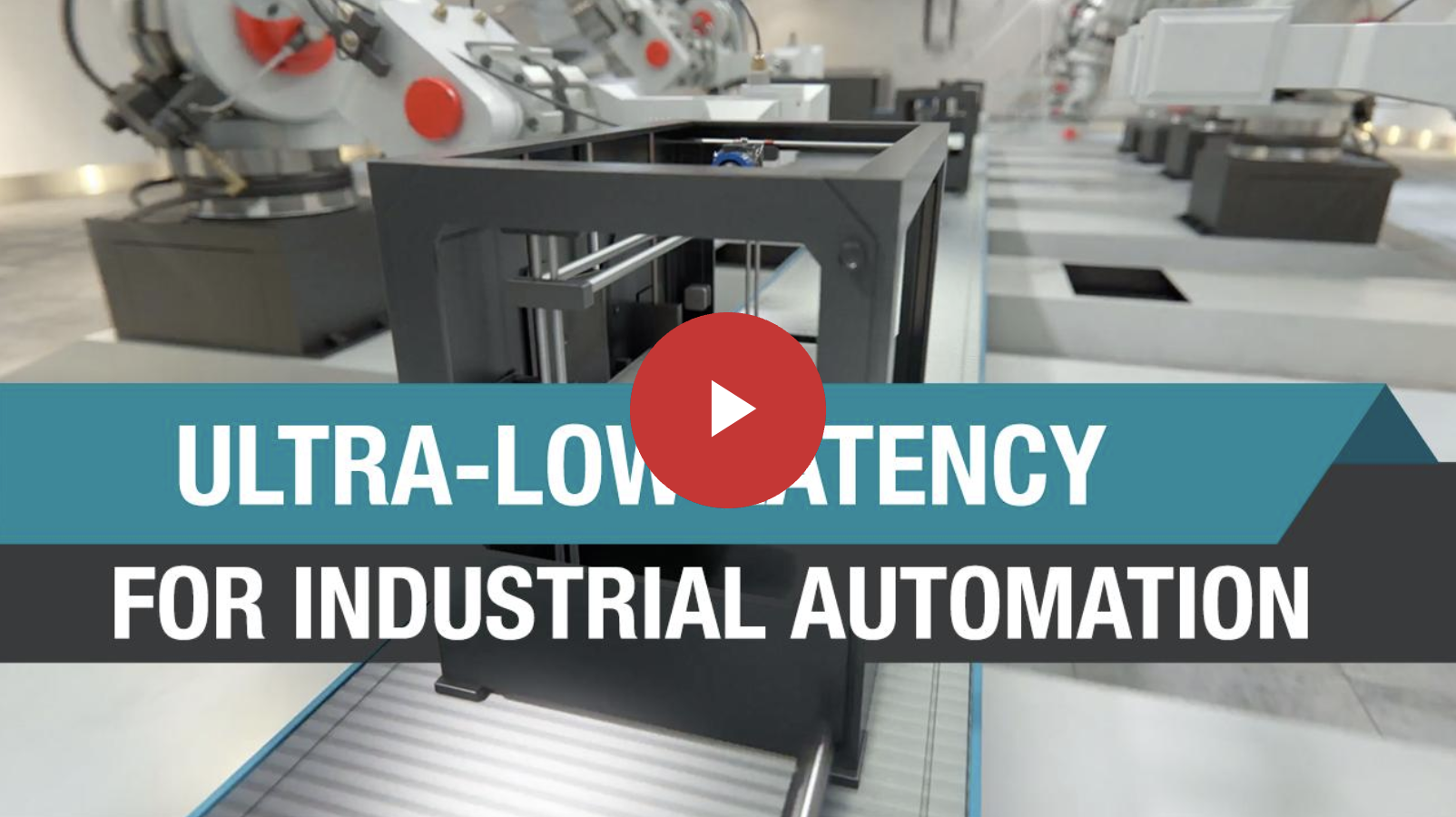
Quick-Pick Design Solutions
REFERENCE DESIGNS
Multi-Protocol Industrial Communications

REFERENCE DESIGNS
EtherCAT® Reference Design on Sitara AM57x Gb Ethernet and PRU-ICSS with Time Triggered Send
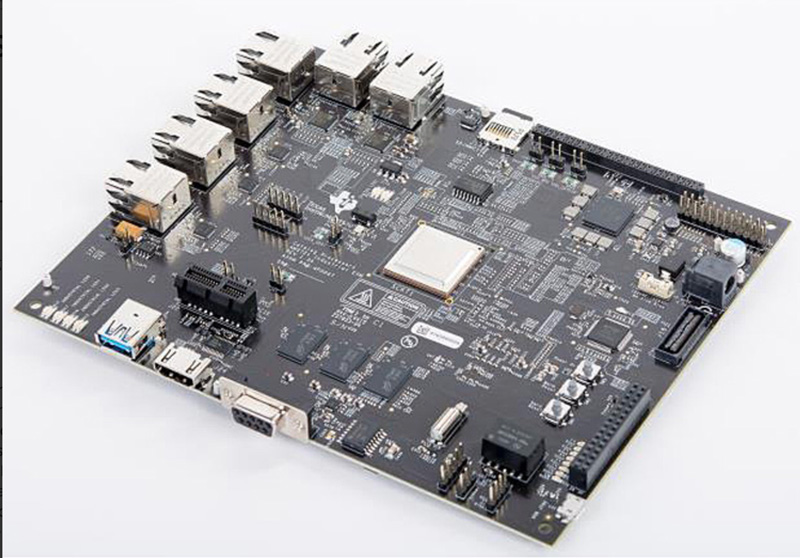
REFERENCE DESIGNS
Ethernet/IP Communications Dev Platform
